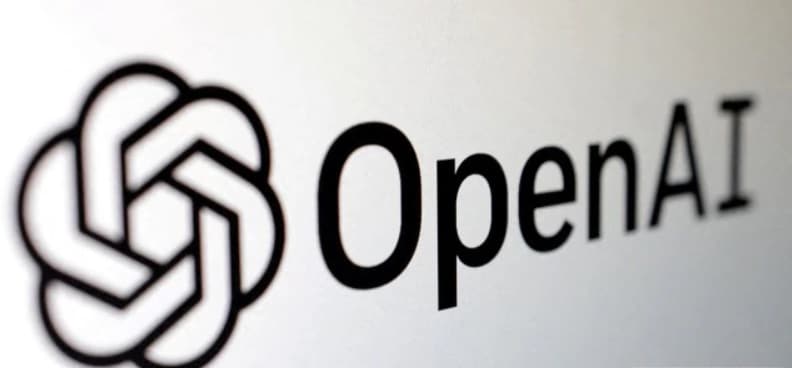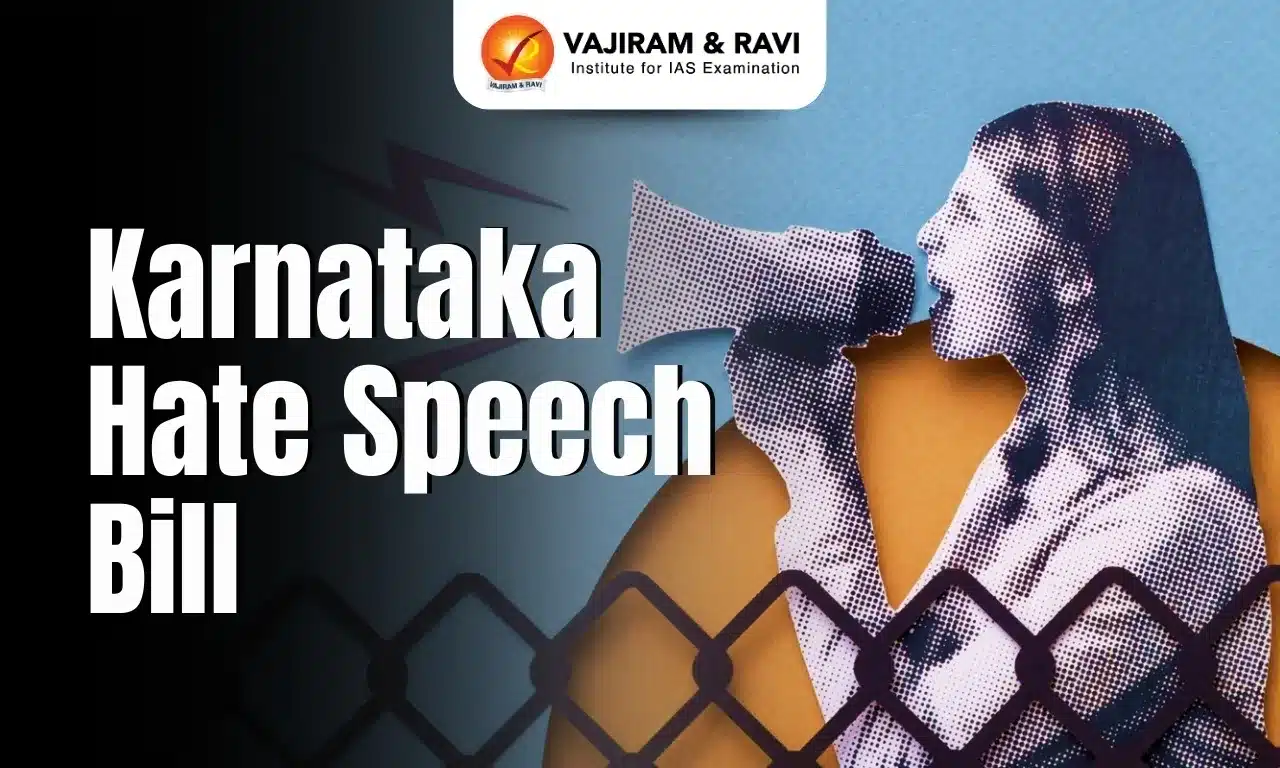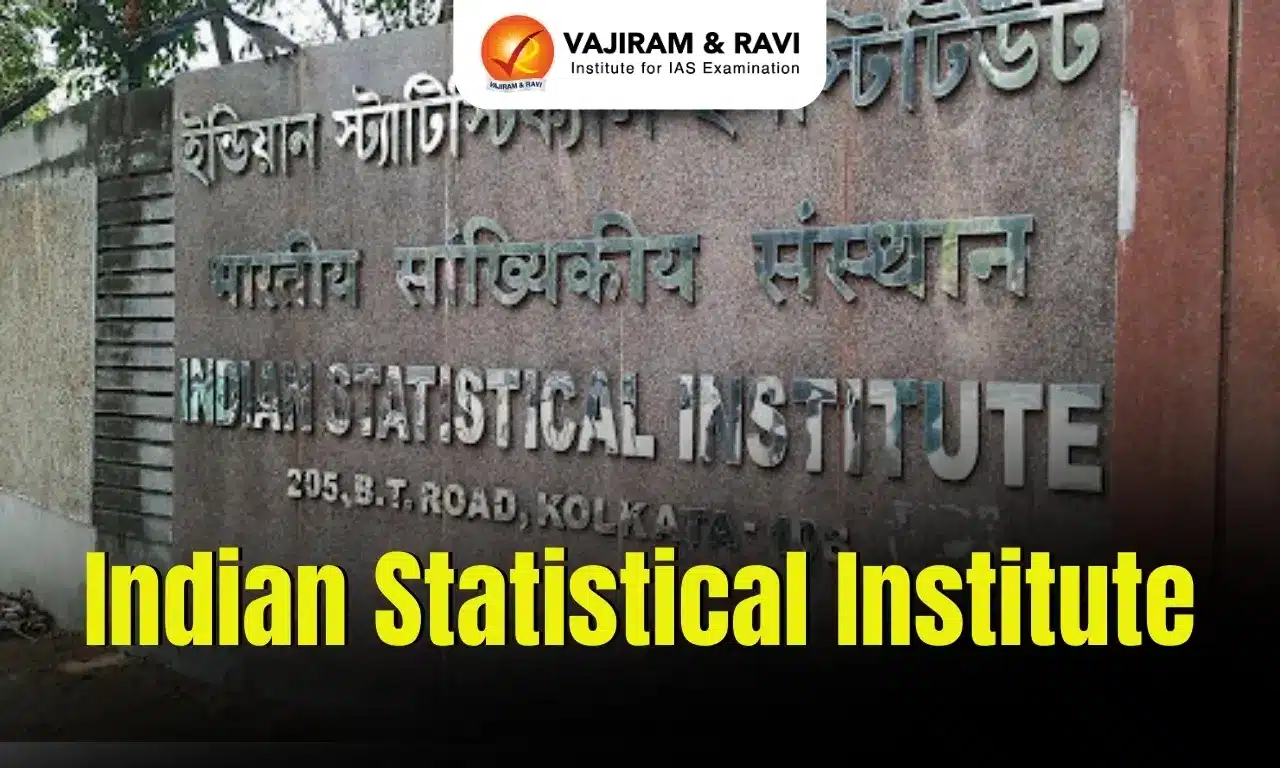What’s in today’s article?
- Why in news?
- What is OpenAI?
Why in news?
- Microsoft’s CEO Satya Nadella, in a post on X, said the company has hired OpenAI co-founders Sam Altman and Greg Brockman to lead a new advanced AI research team.
- The announcement came just hours after OpenAI’s board of directors said Altman would not be returning to his job.
- The sudden ouster of Altman blindsided not only OpenAI’s employees but also its biggest investors like Microsoft.
OpenAI
- The Start
- OpenAI was set up in December 2015 as a non-profit AI research organisation whose goal was to develop “artificial general intelligence,” or AGI.
- AGI is essentially software that’s as smart as humans.
- The organisation said it wanted to ensure that AGI benefits all of humanity and no big tech company, like Google, would master the technology and monopolise its benefits.
- OpenAI was set up in December 2015 as a non-profit AI research organisation whose goal was to develop “artificial general intelligence,” or AGI.
- Founding members
- Among its founding members were Altman, Brockman, Reid Hoffman, the co-founder of LinkedIn, Amazon Web Services, Infosys, rightwing tech billionaire Peter Thiel and Elon Musk.
- They collectively pledged a whopping $ 1 billion to the venture.
- The evolution
- Around two years after its inception, OpenAI released a report titled ‘Improving Language Understanding by Generative Pre-Training.’
- This introduced the idea of Generative Pre-trained Transformers (GPTs).
- A GPT is a neural network, or a machine learning model, which functions like a human brain and is trained on input, such as large data sets, to produce outputs, meaning answers to users’ questions.
- Challenges
- In order to build on its idea, the organisation had to incur infrastructure and compensation costs, making it a difficult task to run OpenAI as a non-profit.
- Therefore, in 2019, “OpenAI ‘transitioned’ into two organisations:
- a ‘capped-profit’ organisation called OpenAI Global LLC (in which the return on any investment was capped at 100 times the original amount); and
- OpenAI Inc, the non-profit sole controlling shareholder in OpenAI Global LLC.
- Notably, even after establishing a for-profit subsidiary, OpenAI continued to work towards its core mission: to control the development of AGI to “benefit all humanity”.
- This meant that all the investors and employees were subject to that mission above anything else, including the for-profit company.
- The breakout
- OpenAI made headlines in November last year after it released a free preview of ChatGPT, which was based on the GPT-3.5 architecture.
- More than a million people signed up for the preview in the first five days, making it a huge success.
- The crisis
- The success, however, sparked tensions among OpenAI’s top leadership, i.e., board members.
- According to a media report, board members were increasingly worried about the potential dangers that the company’s technology posed to society.
- They also felt that Altman wasn’t focusing enough on these risks and was more concerned about building OpenAI’s business.
- On November 18, the rift culminated with the ouster of Altman.
- Unlike other private companies, OpenAI’s board of directors have the power to decide the company’s leadership without the influence of its investors.
- Recently, more than 500 of OpenAI’s 770 employees signed an open letter calling on the board to resign.
- The letter accused the board of being incapable of overseeing OpenAI.
Q1) What is Artificial General Intelligence (AGI)?
Artificial general intelligence (AGI) is a hypothetical form of artificial intelligence (AI) that can learn and think like a human. AGI can mimic human sensory and motor skills, performance, learning, and intelligence.
Q2) What is GPT-3.5 architecture?
GPT-3.5 is a language model that uses a neural network and deep learning to produce human-like text. It’s an advanced version of the GPT-3 model and can perform a variety of language tasks, including: Text completion, Question answering, Language translation, Code generation, Natural language understanding.
Source: A brief history of OpenAI — and what led to Sam Altman’s ouster
Last updated on November, 2025
→ Check out the latest UPSC Syllabus 2026 here.
→ Join Vajiram & Ravi’s Interview Guidance Programme for expert help to crack your final UPSC stage.
→ UPSC Mains Result 2025 is now out.
→ UPSC Notification 2026 is scheduled to be released on January 14, 2026.
→ UPSC Calendar 2026 is released on 15th May, 2025.
→ The UPSC Vacancy 2025 were released 1129, out of which 979 were for UPSC CSE and remaining 150 are for UPSC IFoS.
→ UPSC Prelims 2026 will be conducted on 24th May, 2026 & UPSC Mains 2026 will be conducted on 21st August 2026.
→ The UPSC Selection Process is of 3 stages-Prelims, Mains and Interview.
→ UPSC Result 2024 is released with latest UPSC Marksheet 2024. Check Now!
→ UPSC Prelims Result 2025 is out now for the CSE held on 25 May 2025.
→ UPSC Toppers List 2024 is released now. Shakti Dubey is UPSC AIR 1 2024 Topper.
→ UPSC Prelims Question Paper 2025 and Unofficial Prelims Answer Key 2025 are available now.
→ UPSC Mains Question Paper 2025 is out for Essay, GS 1, 2, 3 & GS 4.
→ UPSC Mains Indian Language Question Paper 2025 is now out.
→ UPSC Mains Optional Question Paper 2025 is now out.
→ Also check Best IAS Coaching in Delhi

















